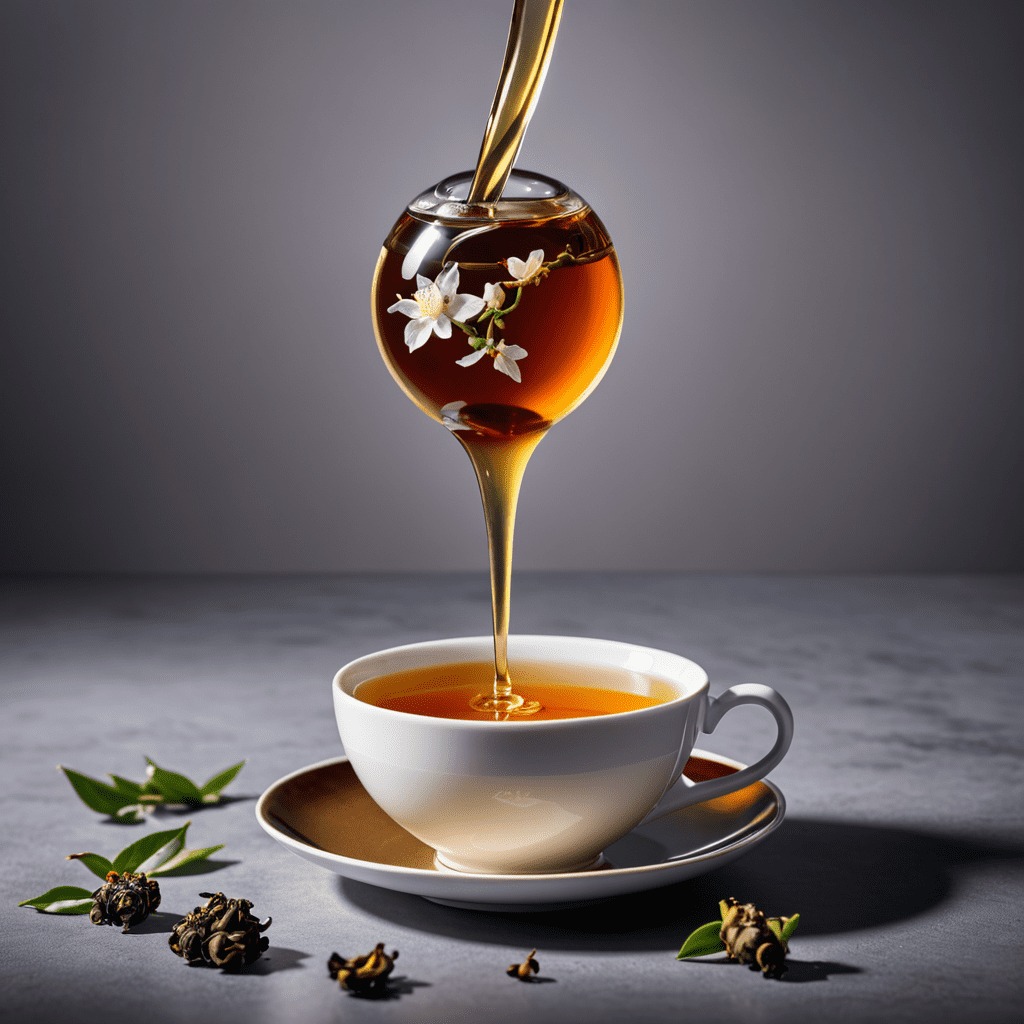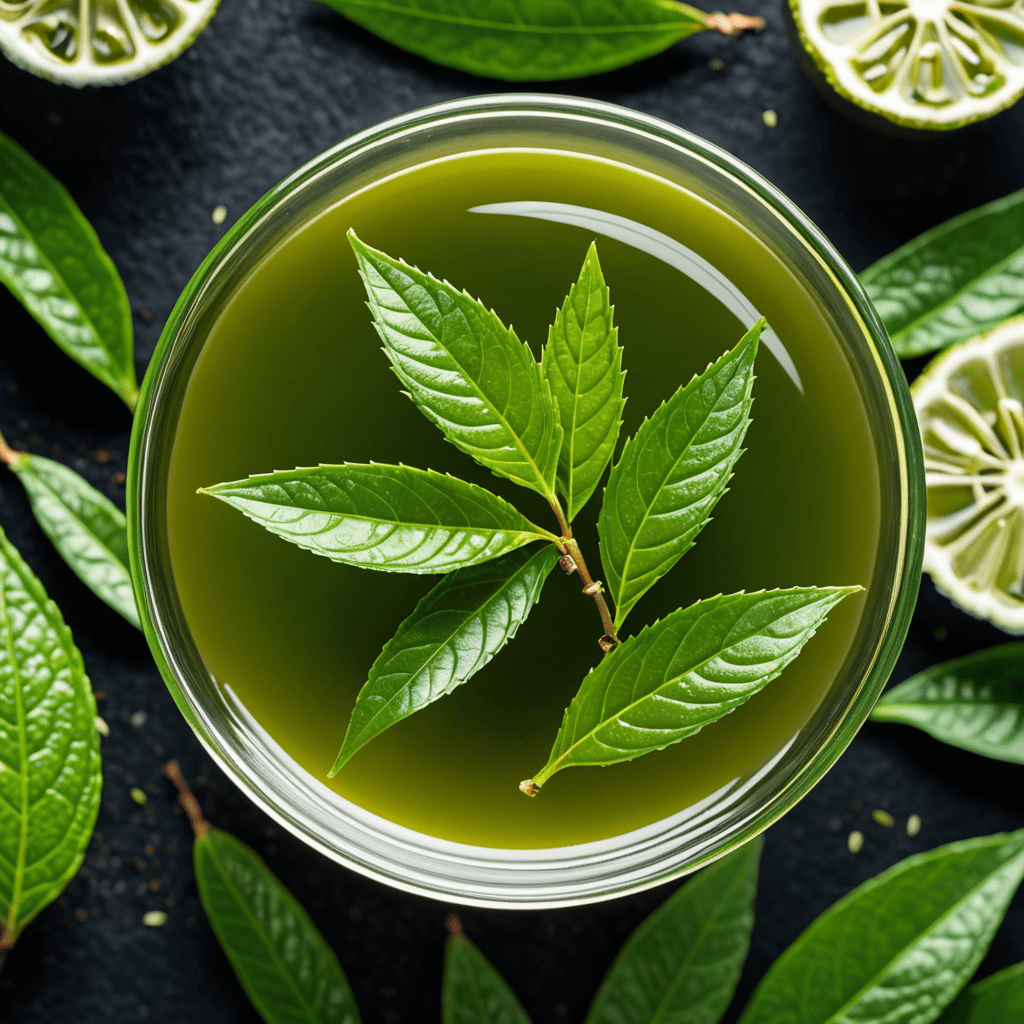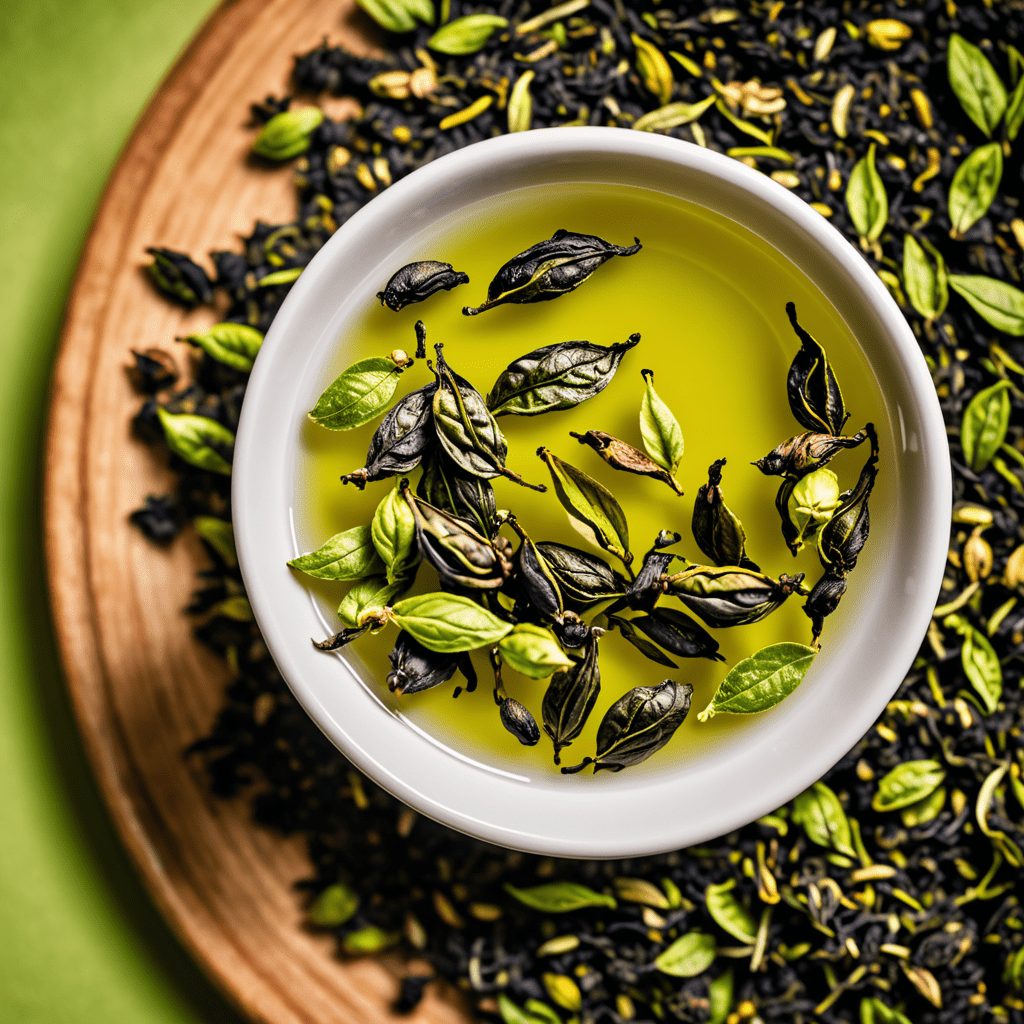
Oolong Tea: Embracing Tea Diversity
The Origins of Oolong Tea
Oolong tea, also known as Wu Long tea, originated in China and Taiwan. It falls between black and green tea in terms of oxidation levels.
Processing Techniques
During processing, the leaves are withered, partially oxidized, and fired, resulting in a complex flavor profile that varies widely.
Flavor Profiles
Oolong teas can range from light and floral to rich and roasted, offering a diverse tasting experience for tea enthusiasts.
Health Benefits
Rich in antioxidants and nutrients, oolong tea is believed to help with weight management, digestion, and overall well-being.
Perfecting the Brew
To savor oolong tea at its best, water temperature and steeping times are crucial factors that can affect the flavor profile of the brew.
Popular Oolong Varieties
Explore renowned oolong teas like Tie Guan Yin, Da Hong Pao, and Dong Ding, each with its own unique characteristics and history.
Embracing Tea Diversity
By embracing oolong tea, you not only enjoy its diverse flavors but also contribute to the rich tapestry of tea culture worldwide.

